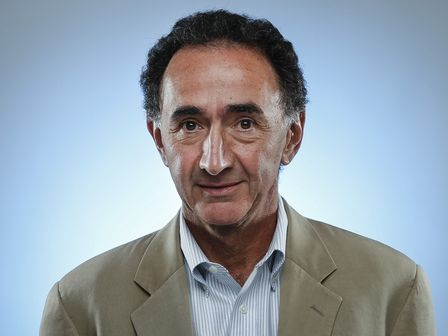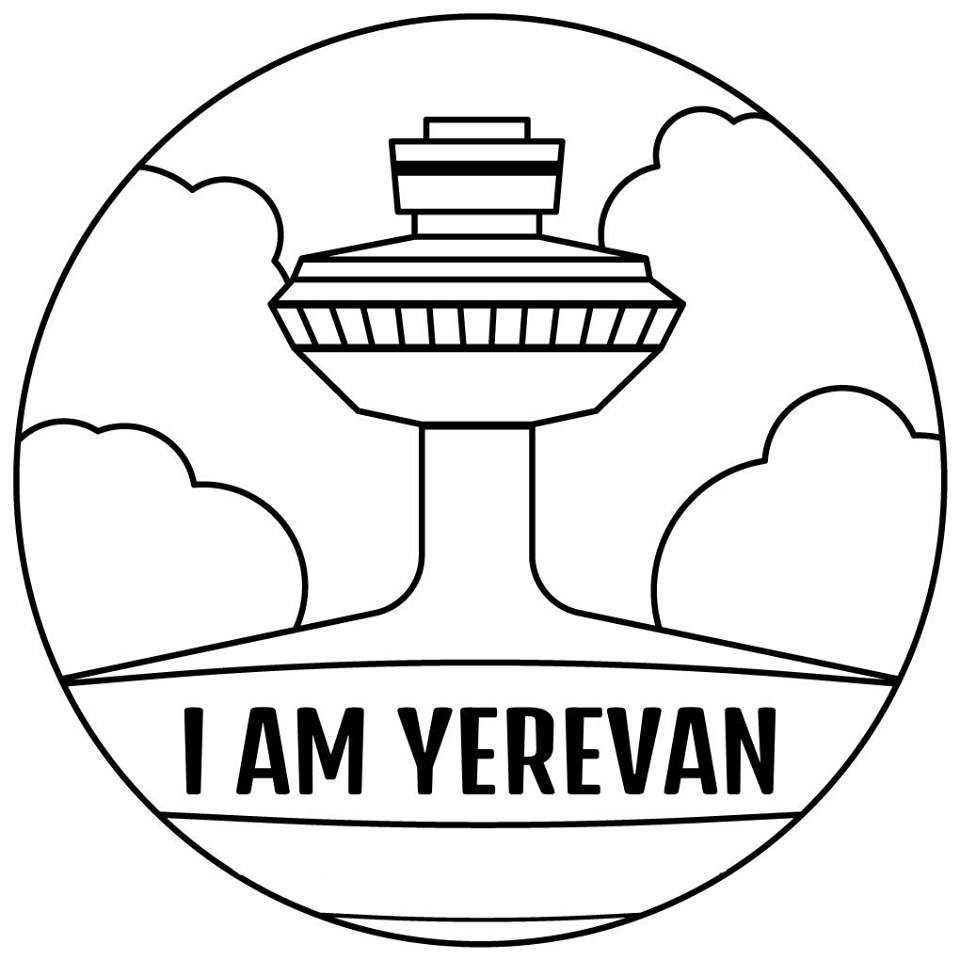
Autumn
January 5, 2019Smithsonian magazine identified Armenia as one of the next world-class hiking destinations in 2018.
The country’s beautifully wooded Dilijan National Park resembles Great Smoky Mountains National Park. The plateaus of volcanic Mt. Aragats look something like the Sierra Nevada’s high country, with its barren igneous rock, gravelly slopes and snow-covered peaks.
Lake Sevan is twice as large as Lake Tahoe and a thousand feet higher in elevation. Though its waters don’t have the clarity that makes Tahoe so spectacular, you won’t find a traffic jam around the lake’s perimeter or dense neighborhoods of mansions.
What the country lacks in affluence is offset by the warmth of the people, whose identity is anchored to its long history. Yerevan, the capital, was founded in 782 B.C., decades before Rome. Between hikes, you can visit ancient temples and some of the oldest Christian churches in the world.

Our camp site near Kari Lake at about 10,000 feet elevation. Ralph Vartabedian
But anyone who frequents California’s well-traveled mountains would find a few surprises and challenges in hiking or climbing in Armenia.
You often will not find marked trail heads. The weather will be unpredictable. The flora will be foreign. You might end up driving your rental car across a boulder- strewn mountain river to get near a trail. If you find a topographic map, it will probably be written in Armenian — which doesn’t use the Latin alphabet.
Just to get to Armenia requires a long flight that takes you to a place that’s 11 hours ahead of California. That’s important in planning strenuous hiking, because it takes awhile to get over that day-to-night jet lag.
But the country rewards those who make the effort. It will be a liberating experience from the crowded trails, packed parking lots and scarce back-country permits in California. In fact, you won’t need any permits in Armenia.
"I had long searched for a good reason to visit Armenia. As I grew up in Detroit, my father often reminisced about growing up in the Caucasus Mountains in the early 20th century."
My son Marc had just completed graduate school and had a one-week window to join me in Armenia. He spent a week surfing in Indonesia and flew west, and I flew east.
After a day of exploring Yerevan on foot, we planned for three or four days of hiking. On the way to Dilijan National Park, we stopped at the Sevanavank Monastery, two 1,100-year-old stone churches overlooking Sevan Lake. We also did two hikes in Dilijan, one to pleasant back-country Gosh Lake, along the Transcaucasian Trail, or TCT. We met a Canadian hiker at the lake, who seemed lost. He joined us, and we gave him a ride back to the city of Dilijan.
The second hike took us to the ruins of the 11th century Jukhtak Monastery, deep in a forest. I imagined how people, isolated from the rest of the world, would hike to that mountaintop 1,000 years ago. It seemed such a far cry from driving to a church parking lot these days. The main objective of our trip was Mt. Aragats, the highest peak in the country, about an hour’s drive east of Yerevan.
Mt. Aragats has four peaks, the highest being the North summit, at 13,420 feet. It was still snow-covered in mid-June and would have required a 6,000-foot vertical climb in one day or an overnight stay in the crater. Either way, we would be traversing deep, soft snow. The weather wasn’t cooperating. The Caucasus Mountains can be unpredictably stormy, with violent lightning. In the morning, the storm clouds roiled. So we nixed climbing Aragats North and chose the much tamer Aragats South, at 12,756 feet. We weren’t disappointed.
Our hiking trip barely scratched the surface of what Armenia’s four national parks have to offer. I ran out of time before we could get to Arevik National Park along the southern border. Maybe some day I’ll try again for Aragats North, knowing I’ll need more time. Even in the Sierra, you sometimes have to try more than once to reach a peak.

Ralph Vartabedian, a national correspondent at the Los Angeles Times. Born in Detroit, he graduated from the University of Michigan with a master’s degree in economics and a bachelor’s degree in journalism.



